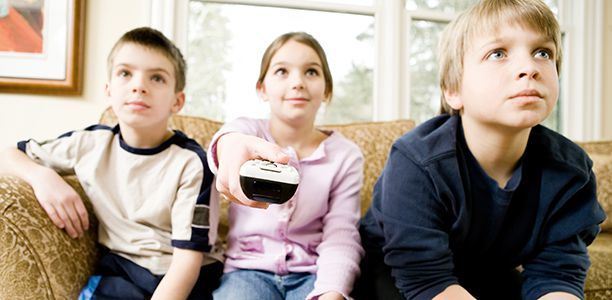New research from Monash University shows that children are being exposed to thousands of alcohol adverts when watching sport TV, questioning the effectiveness of advertising regulations designed to protect children.
The study, published in the international journal PLOS ONE, found that 87% of all alcohol adverts during the daytime were in sport TV when hundreds of thousands of children were watching. A clause in Australia’s advertising regulations allowing alcohol advertising in live sport programming during the day when children are watching appears to be responsible for children’s exposure to thousands of alcohol adverts each year.
The research is the first to examine the extent of alcohol advertising in sport vs. non-sport TV, and match times when alcohol advertising was present on TV with the times when children and young adults where known to be watching. There were 6049 alcohol adverts on free-to-air sport TV in 2012, with significantly more alcohol adverts per hour in sport than non-sport TV. Most of the alcohol advertising coincided with children and adolescent’s peak viewing times.
“Taking into account the amount of programming time for sport vs. non-sport TV there’s four alcohol adverts in sport for every one in non-sport TV. Australian children love watching sport but unfortunately they are going to have to watch a lot of alcohol ads as well,” study lead, Associate Professor, Kerry O’Brien said.
International research shows that greater exposure to alcohol advertising in children and adolescents is associated with earlier alcohol initiation and more problematic drinking in later life. Several European nations already have bans on alcohol advertising and sponsorship in sport and Russia implemented a ban in 2013 to fix its problematic drinking culture. Stronger restrictions on alcohol advertising and sponsorship in sport are also being considered in Ireland, South Africa, New Zealand, and the UK.
“Watching sport with your kids is great family entertainment, but if culture is what you see around you, then it’s pretty clear from these results that what children see when they watch sport is a drinking culture,” study co-author, Dr Sherilene Carr said.
The results of the study show that children’s exposure to alcohol advertising could be halved if the clause in regulations allowing alcohol advertising in sport during the daytime was removed, and alcohol adverting was not allowed before 9.30pm.
The research, funded by VicHealth, the Australian Research Council, and Australian National Preventative Health Agency, comes at a time when proposed changes to the Commercial Television Industry Code of Practice (CTICP) would see alcohol advertising permitted at 7.30pm rather than 8.30pm, and a potential doubling of alcohol advertising in sport TV during children’s peak viewing times.
When asked about the proposed changes to the code, Associate Professor O’Brien said, “The research data would suggest you’d have a large increase in children’s exposure to alcohol advertising. I can understand that advertisers and alcohol companies want to make money for shareholders, but it shouldn’t be at the expense of young peoples’ health.”
(Source: Monash University, PLOS ONE)










